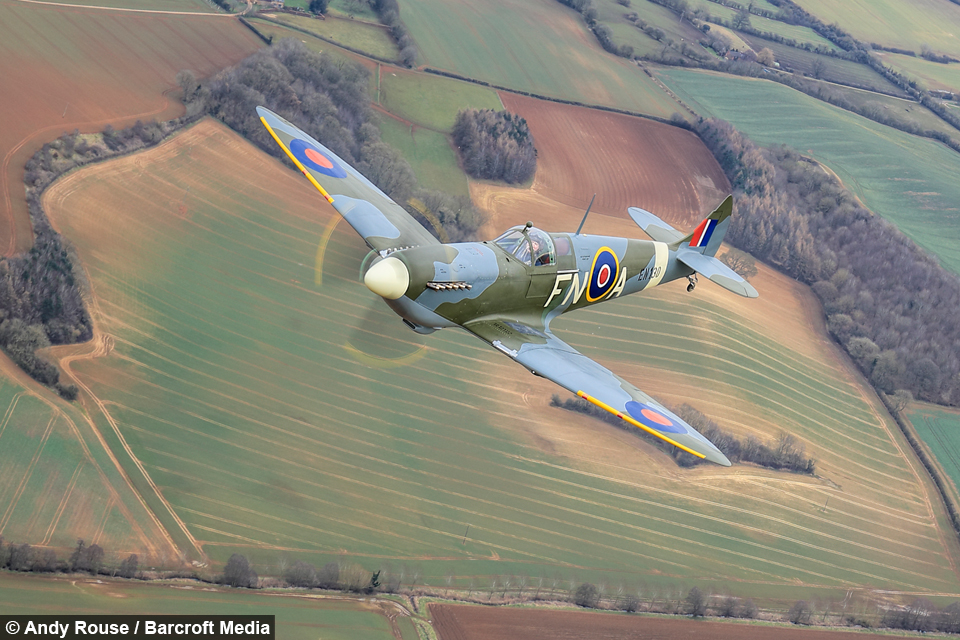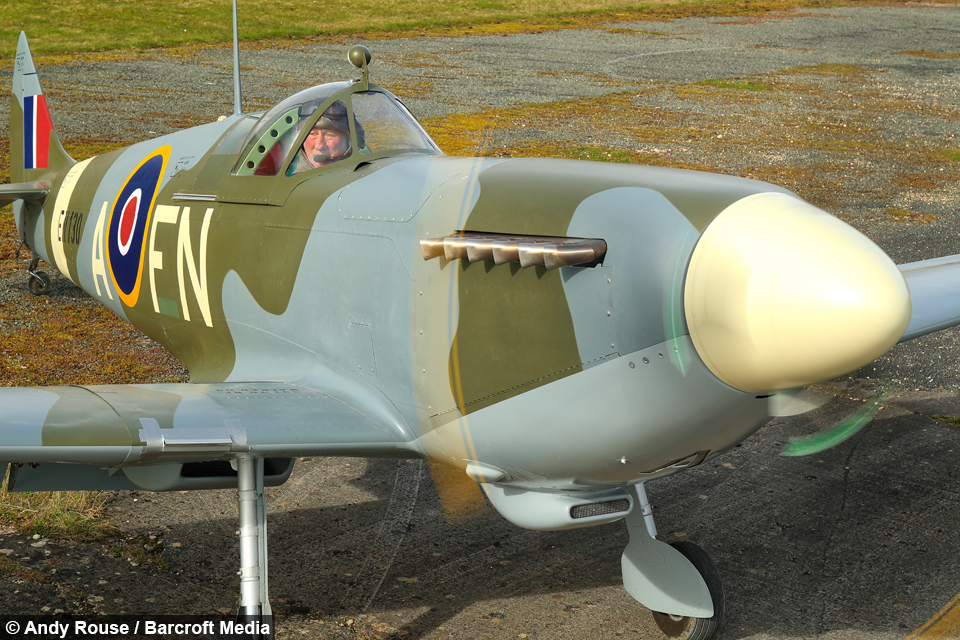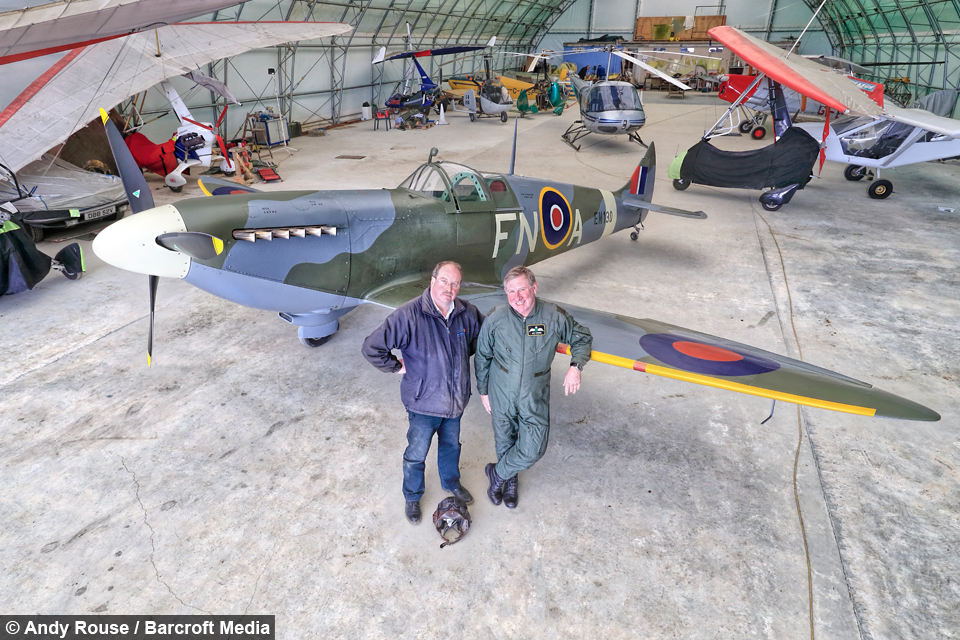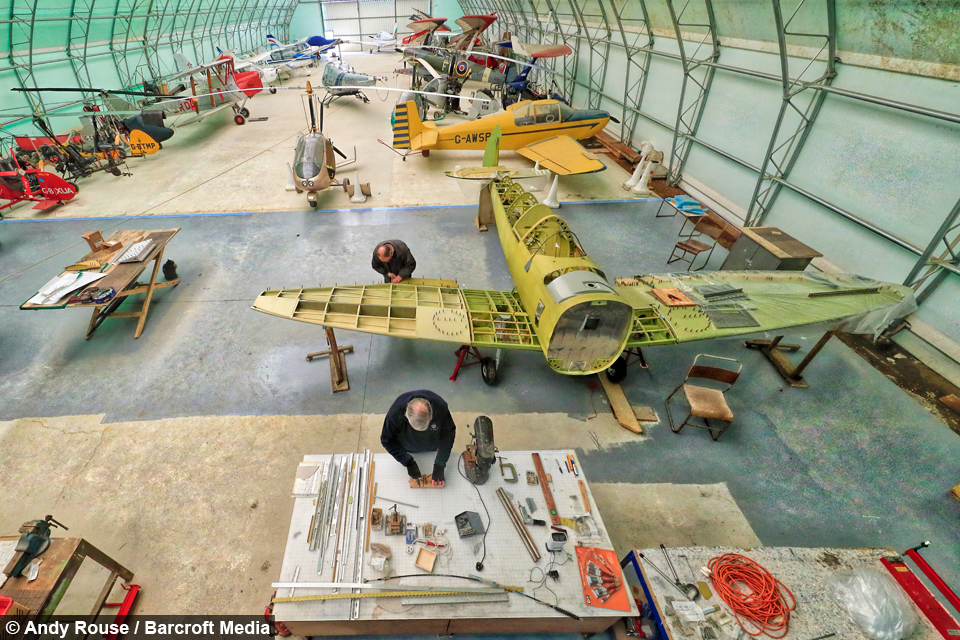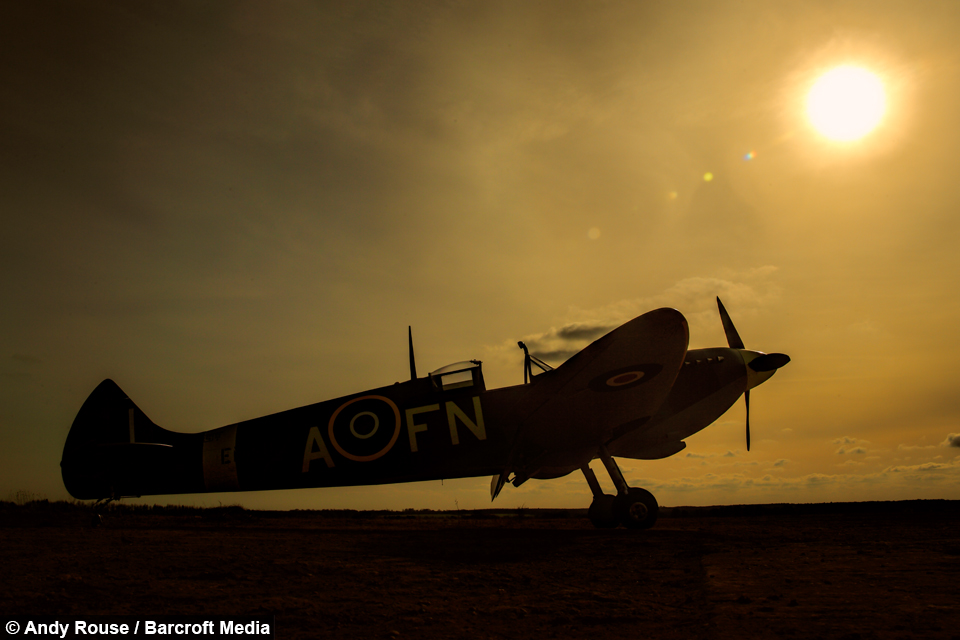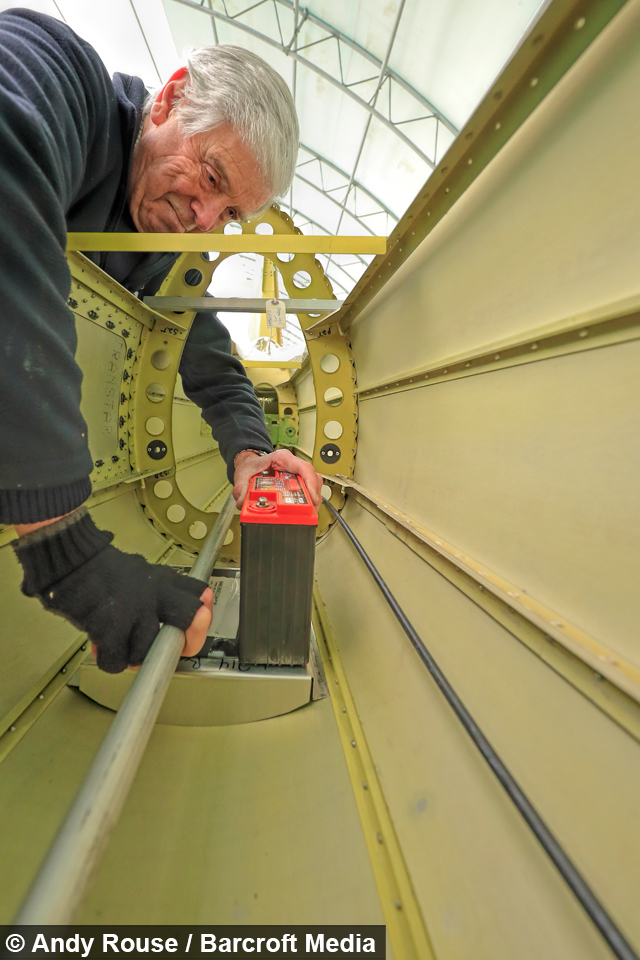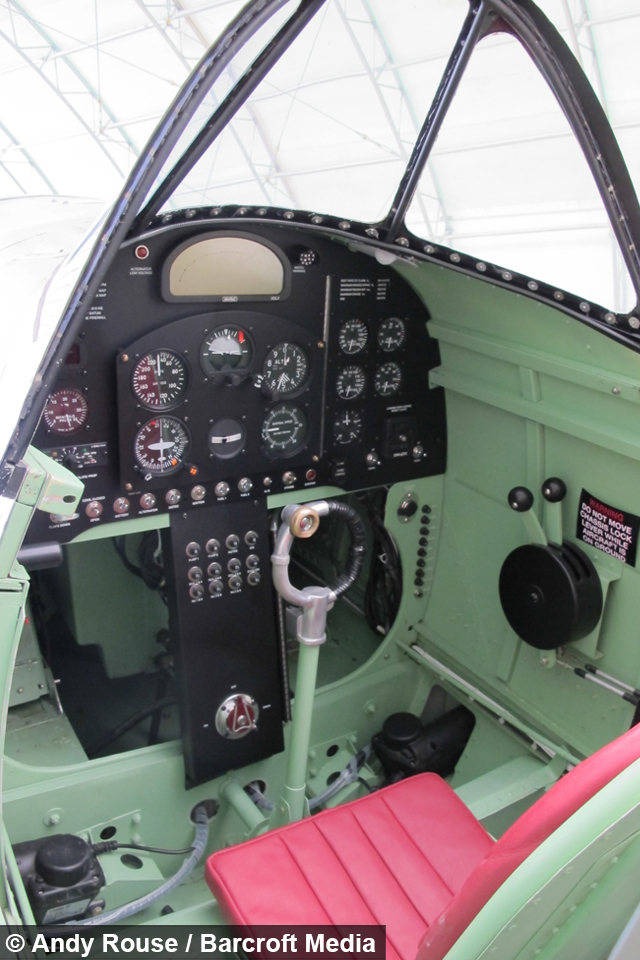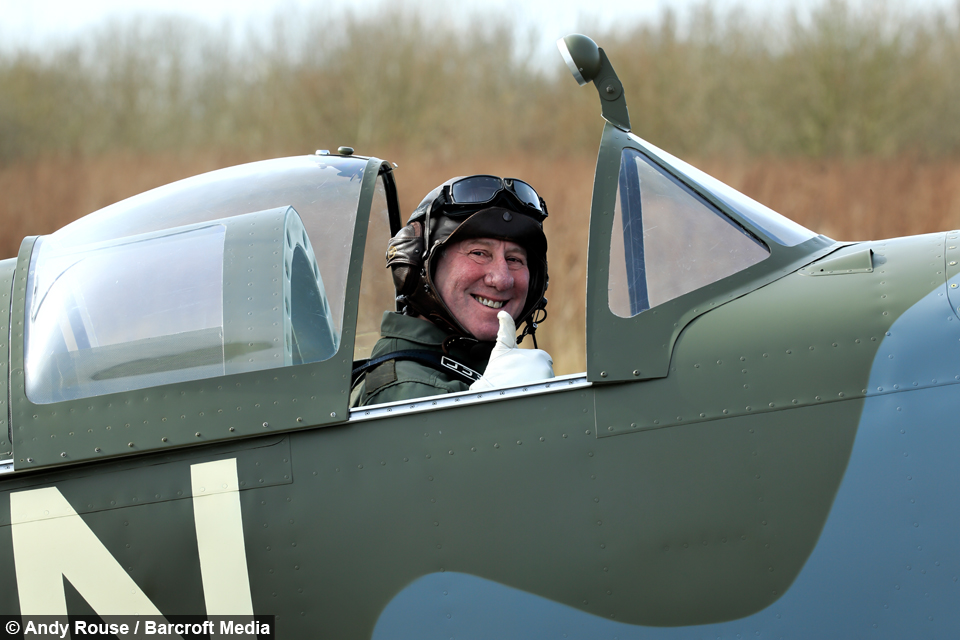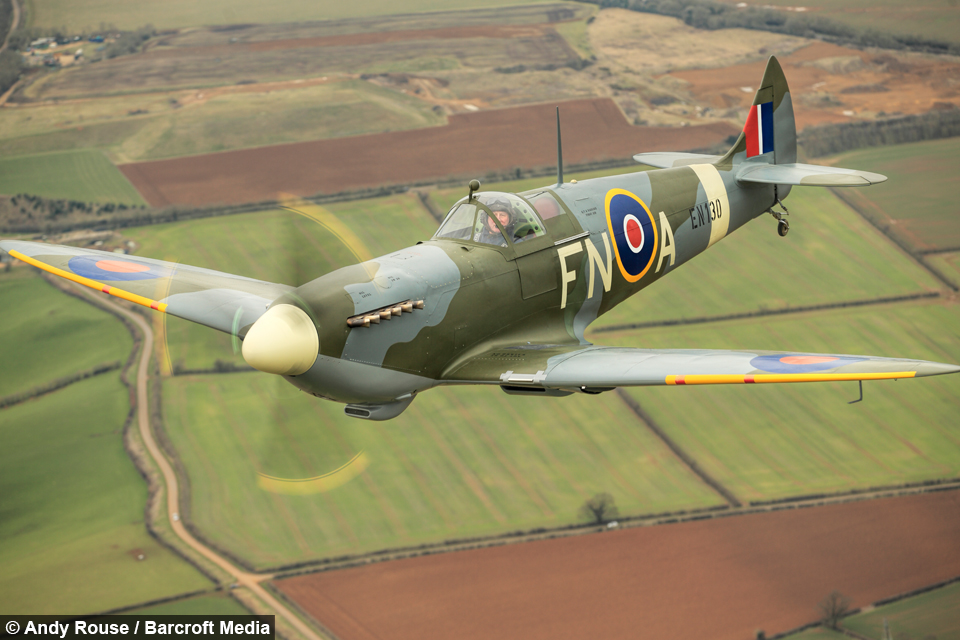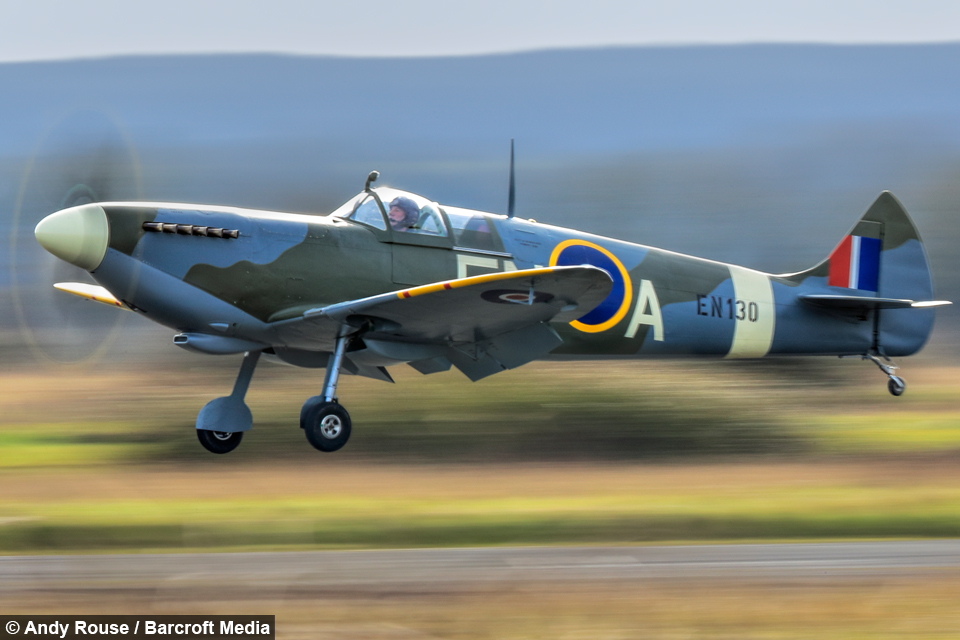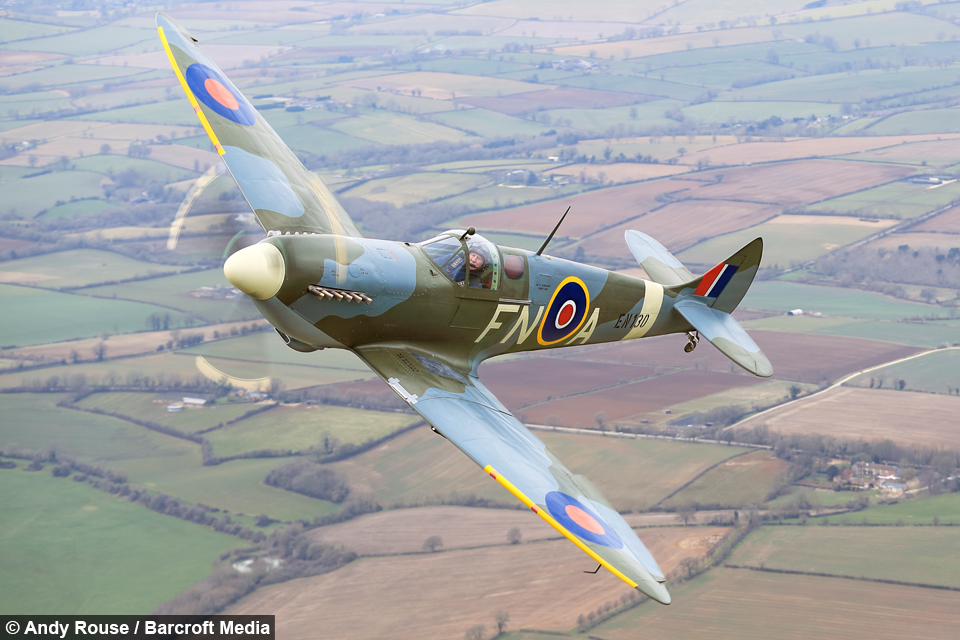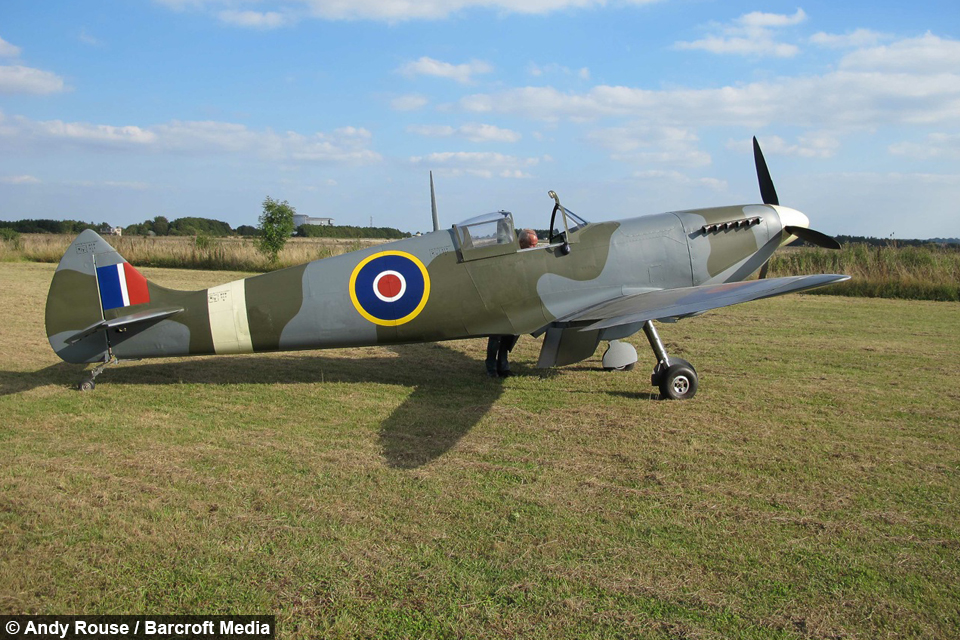Spitfire 80th Anniversary: Iconic Fighter Plane Takes to the Skies Once Again
By Thomas Midlane @goldenlatrine
Scroll down for the full story
Videographer / director: Mike Garrod
Producer: Tom Midlane, Nick Johnson
Editor: Jack Stevens
The Spitfire Club, is embarking on an ambitious project to build a whole squadron of 12 new Spitfires.
The team already has two of the planes completed, with another one under construction and due by the end of 2016.
Team leader Paul Fowler said: "The reason that we chose the Spitfire is that it’s probably the most iconic aircraft every designed, it’s gone beyond the legend, it’s the closest thing to a mechanic deity - it’s appeal is global.
"We have people from Tokyo and South America who are interested in the project. It’s a beautiful looking aeroplane, there’s no angle from which it looks ugly. It’s just a stunning piece of design."
Paul owns Enstone Flying Club, which operates out of Enstone Airfield in Chipping Norton, Oxfordshire - a former RAF bombing airfield built in 1942 in the midst of WW2.
The Spitfire Club is aiming to ensure ordinary people have access to the legendary aircraft, a policy that extends to the construction of the aircraft.
While each aircraft in the squadron is owned by a series of shareholders, Paul is being assisted in his grand undertaking by volunteers ranging in age from 15 to their early eighties.
Although some of the helpers have an aviation engineering background, the 55-year-old is at pains to make clear that potential volunteers do not need to have any insider knowledge.
He said: “The aim of the Spitfire Club was to remove the barriers to getting involved. We came up with the idea of creating a squadron of Spitfires that anyone could be part of.
"The people involved in this project are very diverse - we’ve got a retired gynaecologist, a retired airline pilot, a retired printer, a chiropractor, some IT professionals.
"Some of them are pilots, but very few of them have any special skills for building aeroplanes, it’s testament to their belief in the project.
"Every time I see one of the completed planes I think ‘How did we do this?’”
“The reason this aeroplane is flying is because of all of the effort of these wonderful people.”
Paul remembers one of the team members particularly fondly: Ian Curtis, who sadly died, age 59, just before the first aeroplane was finished but was instrumental in getting it built.
He said: “Ian just turned up one day and said ‘I understand you’re looking for volunteers. I design and build houses. Can I help?’ Ten minutes later he was handing out the screwdrivers – but by the end of the project we were handing them to him. Fortunately he did see the plane fly before he died.”
Other volunteers have been able to help with jobs as simple as washing the windscreens.
Retired project manager Paul Hissett, 62, from Reading, said: “I started here two months ago helping on the Spitfire.
"I was concerned about whether I’d have the necessary skills, but I’m learning fast. The opportunity to work on such an amazing aeroplane has been so interesting, everything’s curved on them which makes it a challenge.
"I don’t have a pilot’s license, but I’m looking forward to sitting in the passenger’s seat."
The Spitfire parts are sourced from Supermarine Aircraft - a Texas-based company who took the name of the company who built the original Spitfires.
Each Spitfire MK26B - which are 90% scale of an original Spitfire - costs £210,000, making it rather more affordable than an actual Spitfire, which sell for upwards of £2.5m.
And although they arrive in kit form, this is a world away from the AirFix models of aviation lovers’ childhoods - each plane arrives in a 20 foot by 6 foot box containing around 2,000 unique parts.
Paul said: "The start of the process is like a jigsaw puzzle, we have to identify all the parts before we can start building anything.
"We generally start off with the centre section, where the landing gear is, and then we move out to the wings.
"Ever part comes pre-cut and pre-punched, but every hole has to be match drilled to the corresponding piece underneath then the holes need to be dimpled and de-burred and then it’s all put back together again.
"Once we’re happy with that, it gets painted in green which is an etch prime which protects the aluminium, so it can then take an undercoat and underprime and then the final coat.
"The engine and propeller come separately. There’s a lot of plumbing as the engine is water cooled and very prone to overheating, so the cooling is really important."
Paul has been flying since he was 16 - although his first Icarus-like attempt at the age of eight was rather less successful.
He said: “I strapped some cardboard wings onto my back and jumped off the outhouse roof. I discovered that Newton was right and that gravity hurt."
After being informed he was not suitable to be a fast jet pilot in the RAF he spent 30 years in the entertainment industry, pursuing flying at any opportunity.
He added: "I got into any flying and did anything I could: parachuting, hand gliding, paragliding, micro gliding, paramotoring - and then by accident I ended up buying a flying club and I’ve been here for 11 years."
With two of the aircraft complete, Paul is planning a new hangar to house the squadron - and is looking to attract sponsorship to speed up the construction process, with plans to dedicate each Spitfire to a pilot.
He said: “The way in which this project started off was the idea of getting groups of people together who are shareholders who come along and build it.
"That model has been very successful, but we’d like to expand it with more involvement from outside with sponsors for each plane.
“Each one will be a tribute to an individual pilot, but we want to recognise all the people involved in getting that aeroplane into the sky too - the ground crews, the armourers, we’ll have a scroll that will be put inside each plane and sealed featuring all the people involved in that aircraft and the squadrons that that pilot was flying with.
“We’re also looking to honour the air transport auxiliary - who delivered these aircraft to the fighter stations - and the test pilots, and the design team and the people who built them, each one took 18,000 man hours to build and there was thousands and thousands of people involved - they just don’t get recognised."
“This has been a massive team effort.”
And despite the amount of time and energy Paul has invested in the project, he has yet to take any of the Spitfires for a spin.
He said: “Each plane has to undergo a really rigorous series of safety tests, which means so far only the test pilot has been up in the Spitfire.
“I’m really looking forward to being up there on my own with the aeroplane though. Eventually we’ll be able to go to an event and show off an operational squadron.
“When you think of the Spitfire, you think of deadly grace, a symbol of freedom and the epitome of the British fighting spirit, world class manufacturing, engineering and design expertise.
“Our test pilot tells us that they are bloody fabulous to fly.
“The Spitfires are part of our heritage and I hope the team – and others who watch them fly - can feel they are part of something special.”
